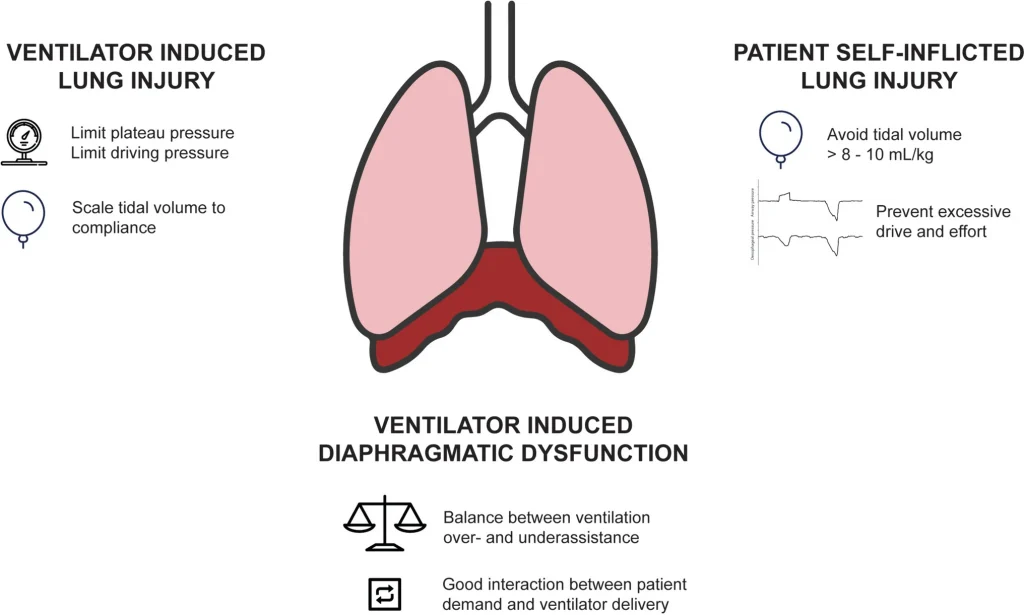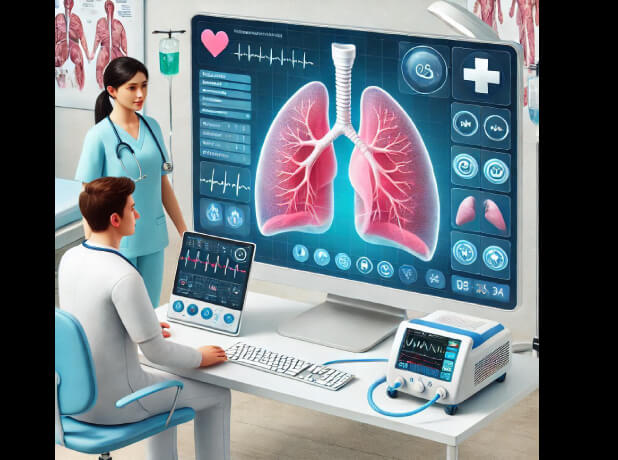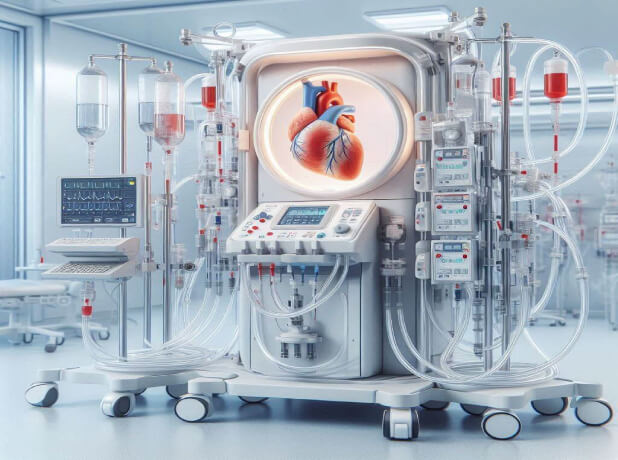Fever following extracorporeal membrane oxygenation decannulation: Infection, thrombosis or just physiology?
Abstract Purpose Fever is frequent after extracorporeal membrane oxygenation (ECMO) decannulation. We aimed to evaluate the incidence of post-decannulation fever and describe its causes. Methods Adult ECMO patients who were successfully weaned from ECMO were retrospectively included. Minimal and maximal core temperatures were collected daily for each patient from 48 h before decannulation up to […]







